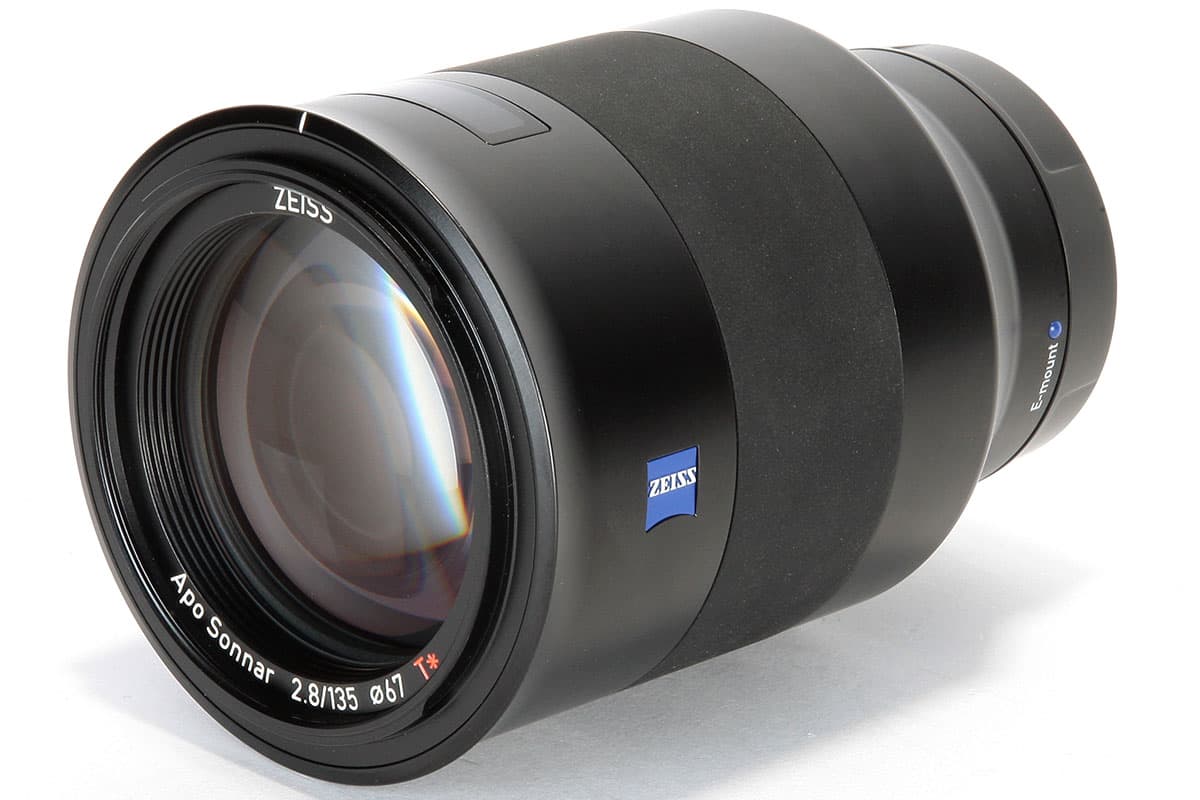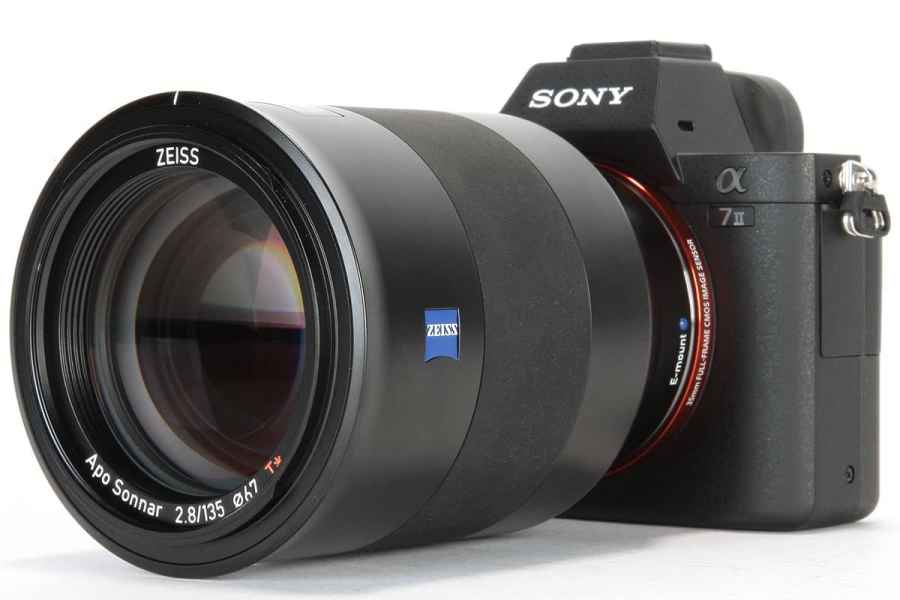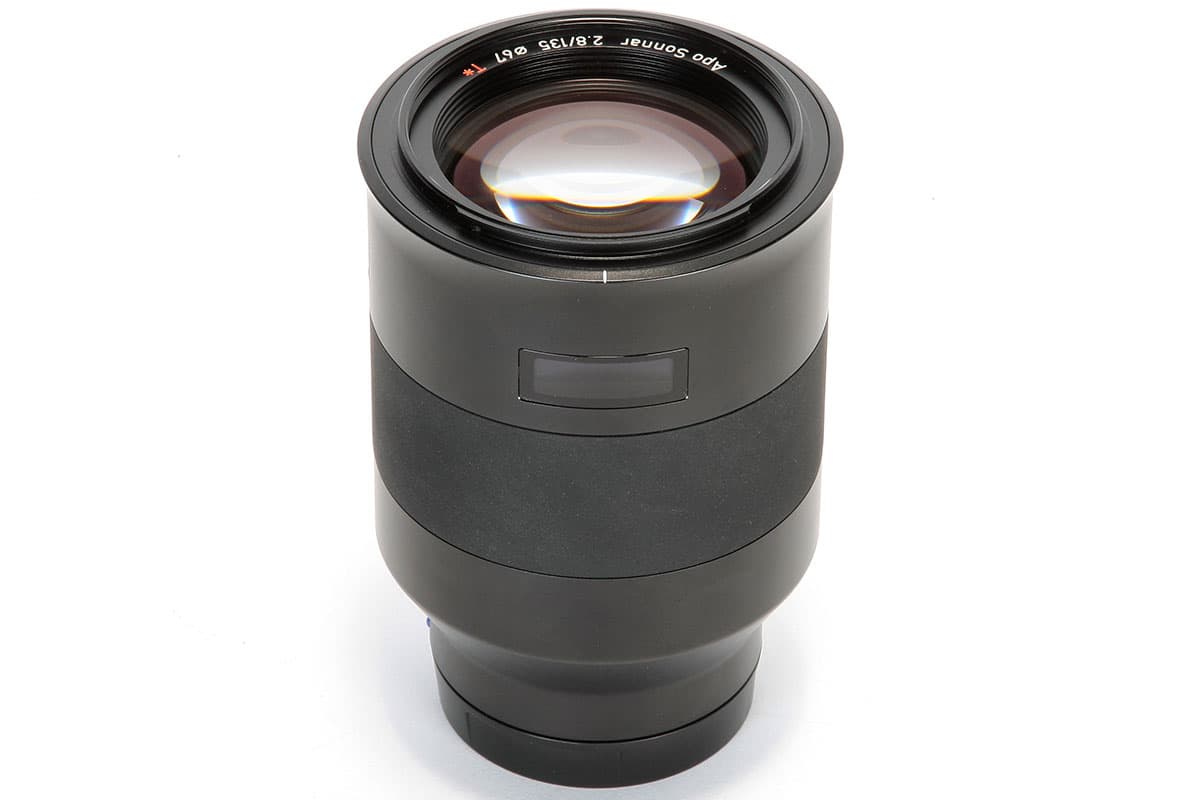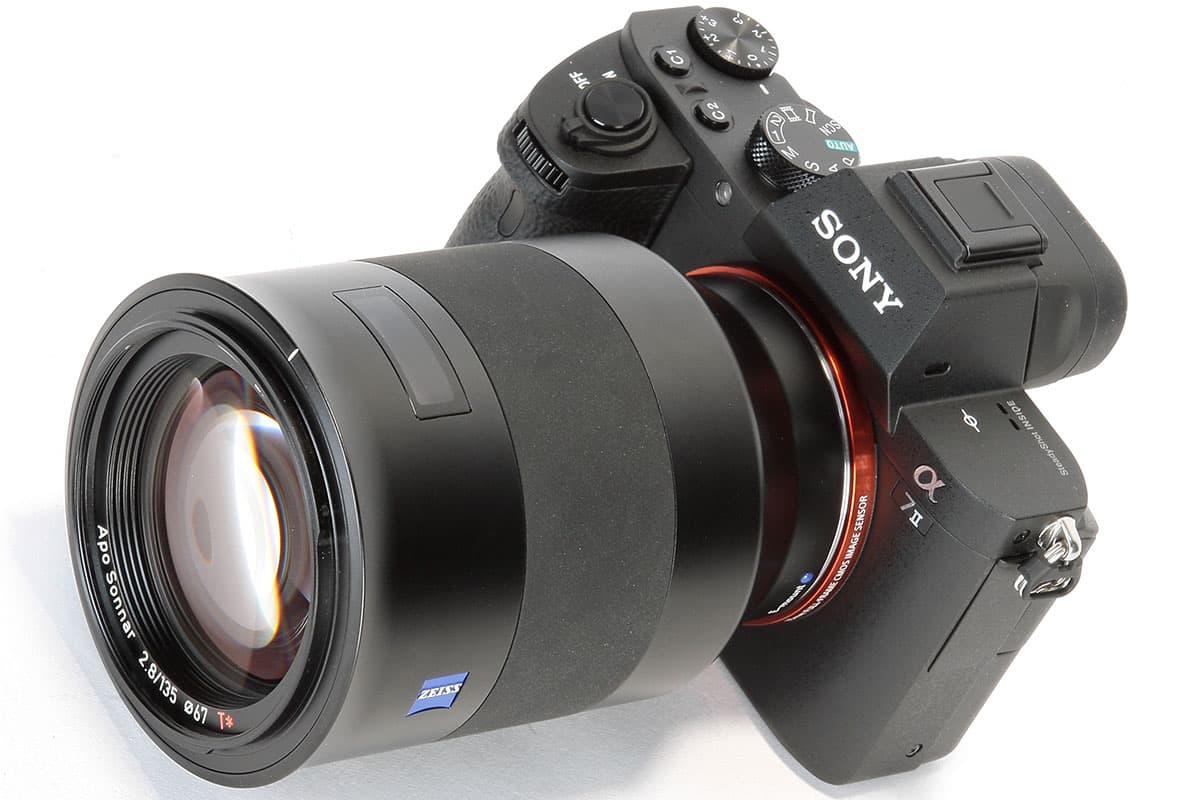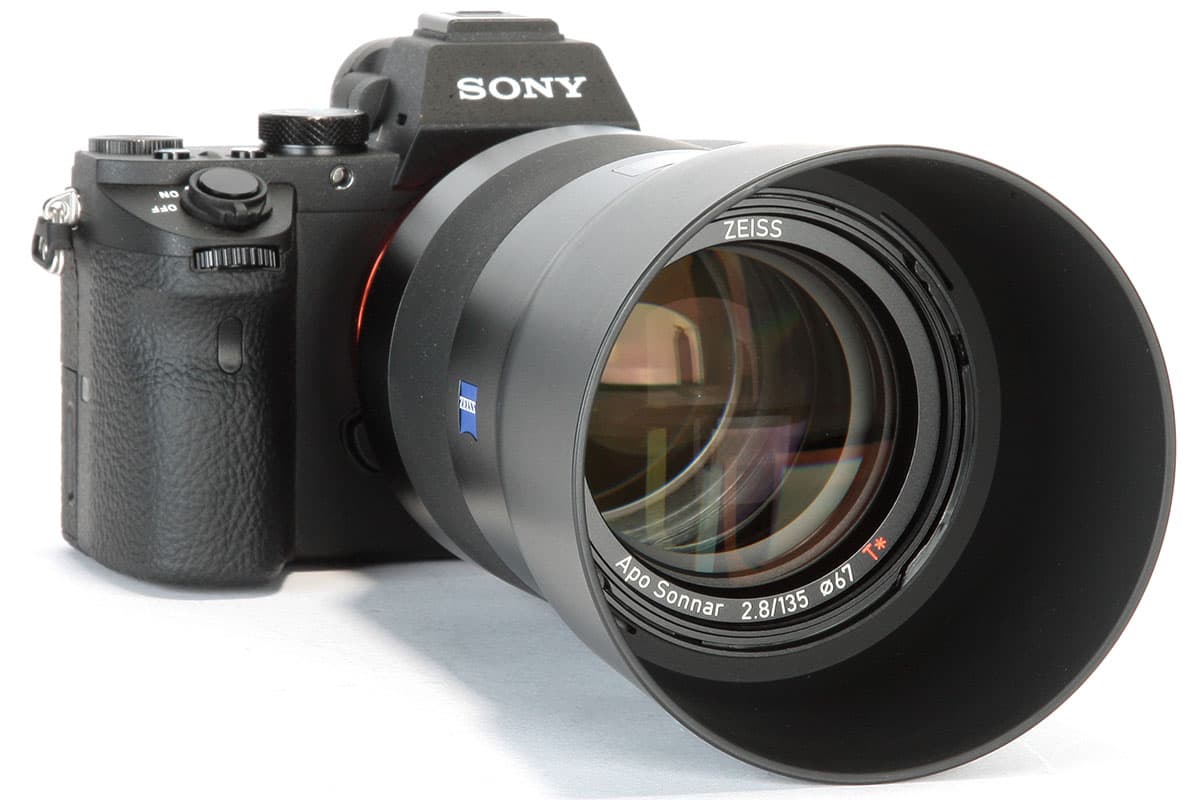Zeiss Batis 135mm f/2.8 review: Introduction
Zeiss is one of the grandest old names in all of photography, having been making optical instruments since 1847. Its current range of lenses consists of top-quality fixed focal-length primes that are divided into curiously-named families depending on the type of camera they’re designed to fit. Here we’re considering the Batis 135mm f/2.8, which is the fourth in its range of autofocus lenses for full-frame mirrorless Sony Alpha 7 cameras, following on from 18mm f/2.8, 25mm f/2 and 85mm f/1.8 designs. Of course the lens can also be used on Sony’s APS-C mirrorless bodies too, on which it will give a field of view equivalent to a 200mm lens on full frame.
(The name Batis, by the way, comes from a genus of small insect-eating birds from sub-Saharan Africa. Whether Zeiss is being clever, or just plain contrary using such a name rather than the more prosaic ‘FE AF’ is very much open to debate. But anyway, now you know.)
With its 135mm focal length, this optic falls towards the long end of the short telephoto ‘portrait’ range, which means it offers a particularly flattering perspective for head-and-shoulders portraits along with the ability to blur away out-of-focus backgrounds. But of course it can be used for a lot more that just pictures of people; it’s ideal for any subject that benefits from shallow depth of field or isolation from the background, or alternatively for the perspective compression that telephoto lenses provide with distant subjects.
However, in a market where f/2 and even f/1.8 135mm primes are commonplace, the Batis’ more modest f/2.8 aperture will likely raise eyebrows, especially given its £1750 price tag. And while it’s the only native E-mount 135mm prime on the market, Sigma’s new 135mm f/1.8 DG HSM Art can be used on Alpha 7 bodies via the firm’s MC-11 mount converter, while Sony’s own Alpha-mount 135mm f/1.8 can be used in conjunction with its LA-EA4 adapter. But the Batis has a trick of its own in the shape of optical image stabilisation, allowing hand-held shooting at slower shutter speeds without blur from camera shake. Then again with second-generation Alpha 7 bodies having in-body stabilisation anyway, this could be seen as redundant. So does this lens actually make sense?
Zeiss Batis 135mm f/2.8 review: Features
Zeiss has used an optical formula of 14 elements in 12 groups in this Apo-Sonnar design, which makes it more complex even than the faster Sigma and Sony f/1.8 lenses. Zeiss claims that by experimenting with special glass types during the design it’s been able to miminise all kinds of optical flaws, and practically eliminate chromatic aberration.
An internal focus system is used to drive the lens through its distance range, which culminates at a usefully-close 87cm. It’s not a macro lens, but can still shoot subjects as small as 18.5cm x 12.5cm when used on a full-frame camera. The nine-bladed diaphragm closes down to f/22 in 1/3 stop increments, and gives a distinctly polygonal, rather than circular shape when viewed from the front of the lens. Here you’ll also find a non-rotating 67mm thread for attaching filters, surrounded by a bayonet mount for the deep plastic hood.
Perhaps the most unusual feature is a small OLED panel on the top of the barrel that displays subject distance and depth of field, adapting in real time to changes in the focus and aperture setting. But while on the wideangle lenses in the Batis family this can be useful for hyperfocal and zone focusing techniques, on the 135mm it spends most of its time reminding you how parlously narrow your depth of field is (which indeed is one of the lens’s defining characteristics). This means the scale exists much more for reference purposes than as a focusing aid.
Build and Handling
In typical Zeiss fashion, the Batis 135mm is a solidly-build lens, with a robust metal barrel broken only by the broad, smooth rubberised manual focus ring. The cosmetic design is stylish and minimalist, with blue Zeiss badges on either side to remind you of its pedigree. The section of the barrel immediately adjacent to the mount is the narrowest, to allow space for your fingers to fit around the relatively compact Alpha 7 handgrip. Moving away from the camera body, the barrel flares outwards to form a cylinder 81mm in diameter for most of its length. Right at the front the it curves outwards again, forming a continuous fluid shape with the hood when it’s mounted. The hood can also be reversed over the barrel when it’s not in use.
Dust and moisture sealing is provided, with a blue rubberised seal around the lens mount to combat ingress of water to the camera body. With its 613g weight, the lens feels well balanced on the Alpha 7 II I used for testing – indeed much more so than pictures of the combination might suggest. Zeiss says it has consciously struck a balance between size, weight and light-gathering ability, and I think it’s made a pretty good choice here. The only small handling flaw is that the dark blue alignment dot for mounting the lens is difficult to pick out against the matte black barrel finish.
Zeiss Batis 135mm f/2.8 review: Focusing
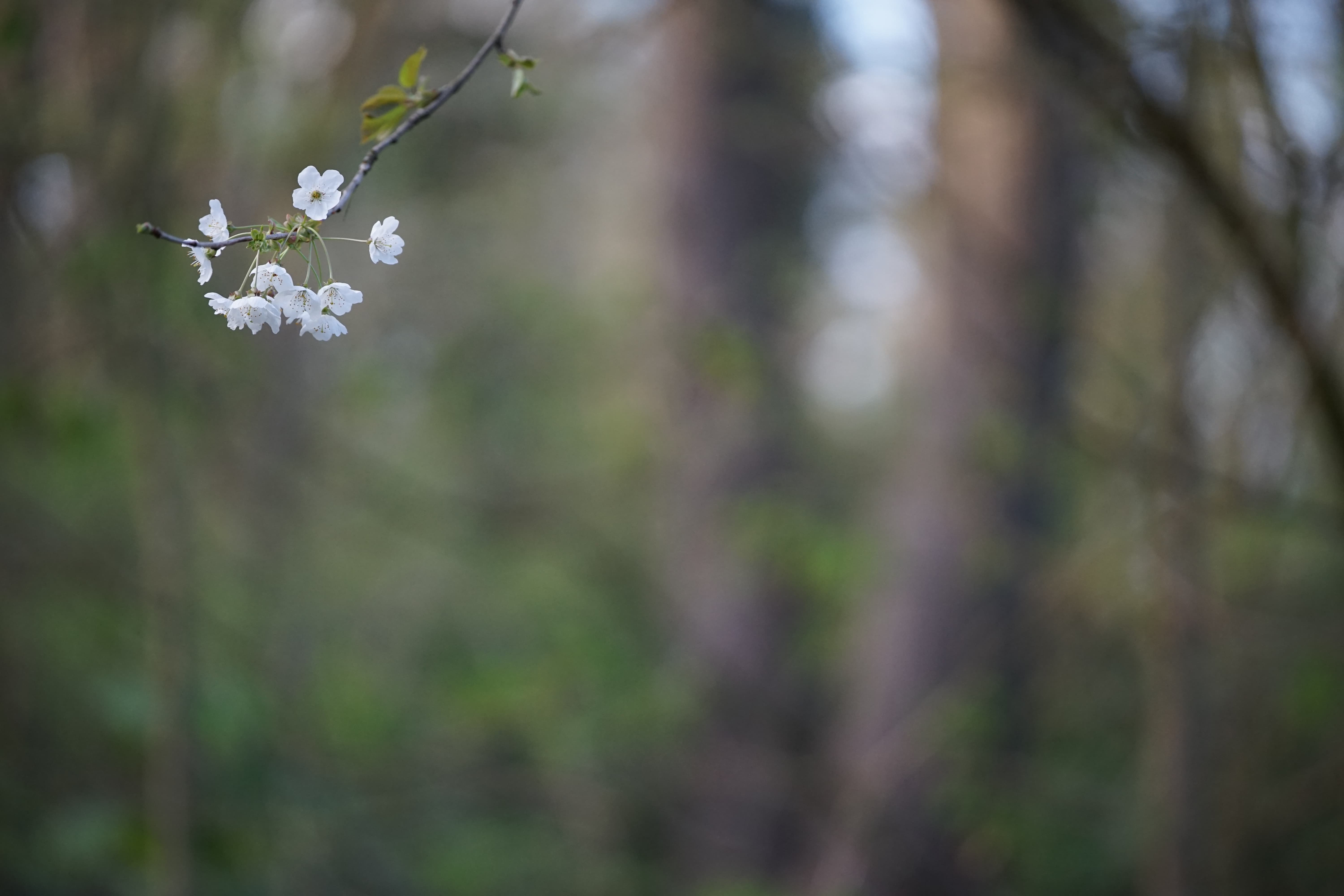
The lens autofocuses accurately regardless of where the focus point is placed in the frame. Sony Alpha 7 II, 1/1600sec at f/2.8, ISO1600
When it comes to autofocus, the Batis is extremely well-behaved. I’d never expect this kind of fast prime to offer super-fast autofocus, but it’s pretty quick under all but the lowest light conditions. It’s also essentially silent, making it both unobtrusive for stills shooting, and an attractive option for videographers who wish to pull focus from one subject to another during recording. Most importantly, though, it’s consistently accurate, no matter where in the frame you place the focus point: this is a huge advantage of the on-sensor autofocus systems used in mirrorless cameras. But with such narrow depth of field you need to pay very close attention to where you place the AF point, and ideally use the finest focus area possible, to guarantee the most accurate results. One thing you’ll quickly notice when shooting people is that the slightest movement of your subject can throw your focus fractionally out when viewing images at the pixel level onscreen.

Choosing a small AF area helps prevent the camera getting confused by layered scenes. Sony Alpha 7 II, 1/800sec at f/2.8, ISO800
Manual focus is electronically, rather than manually controlled, but still does a pretty good job of mimicking the feel of a traditional manual focus lens. The focus ring rotates extremely smoothly, although with no hard end-stops to mark the limits of the focus range. Again the Alpha 7’s electronic viewing makes it especially easy to judge accurate focus, not only because the viewfinder gives a completely accurate depiction of focus and depth of field, but also because of the focus aids available, including peaking and magnified view displays.
Zeiss Batis 135mm f/2.8 review: Image Quality

The Zeiss Batis 135mm f/2.8 is stunningly sharp wide open with lovely bokeh. Sony Alpha 7 II, 1/160sec at f/2.8, ISO 125. Model: Kirby-Anne Akindeinde
So now we get down to the nitty gritty – if you’re contemplating dropping this much cash on an f/2.8 prime, you’re going to want it to be good. However in this case your luck is in, because the Batis 135mm isn’t just good – it’s astonishing. Indeed in almost a decade of testing and reviewing lenses, I’ve seen few lenses that come anywhere this close to perfection.
Indeed try as I might, I’ve struggled to find anything that looks like a flaw. Images are sensationally sharp from corner to corner even at f/2.8, and show no hint of chromatic aberration, either longitudinal or lateral. As with any fast lens there’s a degree of vignetting wide open, but its gradual falloff profile means that aesthetically it’s more likely to help outline your subjects than to detract from them. All that’s left to nitpick is some mild pincushion distortion, but if anything this adds a flattering slimming effect to people pictures, and it’s trivial to correct in software when necessary (which can also be done easily in-camera using the Lens Comp menu settings).

With high contrast edges and shallow depth of field this shot is a torture test for chromatic aberration, but there’s none to be seen. On the right is a 100% crop from the lower right of the full image. Sony Alpha 7 II. 1/2500sec at f/2.8, ISO100
Then there’s the bokeh – the rendition of out-of-focus regions of the image. It looks consistently gorgeous, essentially irrespective of subject or background distance and aperture. Indeed with this lens I found myself seeking out interesting backgrounds just to see how it would dissolve them away. You’d get a greater degree of blur from a larger aperture lens, of course, but aesthetically you’ll be hard-pressed to surpass the Batis’s images.

Shooting directly into the light posed no problems at all for the Batis here. Sony Alpha 7 II. 1/160sec at f/2.8, ISO 100
With such a complex multi-element design you might expect the lens to be prone to flare, but again, I found it incredibly well-behaved. Even pointing directly into the sun I saw little loss of contrast, which is impressive for a fast telephoto.
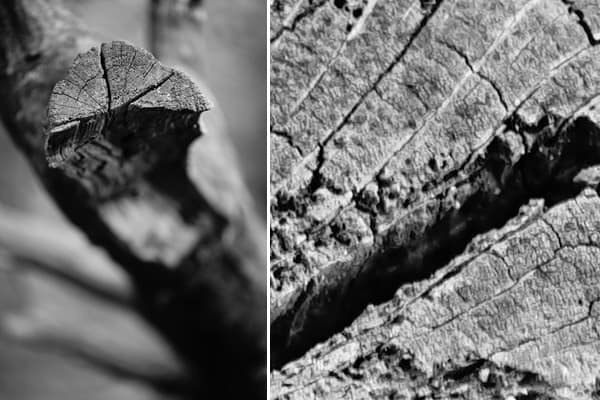
Effective image stabilisation gave me sharp images hand-held at shutter speeds as low as 1/15sec. Sony Alpha 7 II, 1/15sec at f/2.8, ISO100
The lens also incudes optical stabilisation and this appears to work very well. Indeed I was regularly able to hand-hold at shutter speeds as low as 1/15sec with little or no visible blur at the pixel level. I tested the lens on an Alpha 7 II which has in-body stabilisation, but because Zeiss cooperates very closely with Sony, in principle the body should have handed pitch and yaw correction to the lens. In normal shooting these are the main contributors to blur from camera shake, so owners of unstabilised first-generation Alpha 7 models should hopefully see similar results.
Zeiss Batis 135mm f/2.8 Review: Test results
In our Applied Imaging lens tests, we used the Zeiss Batis 135mm f/2.8 on the 42.4MP Sony Alpha 7R II.
Resolution
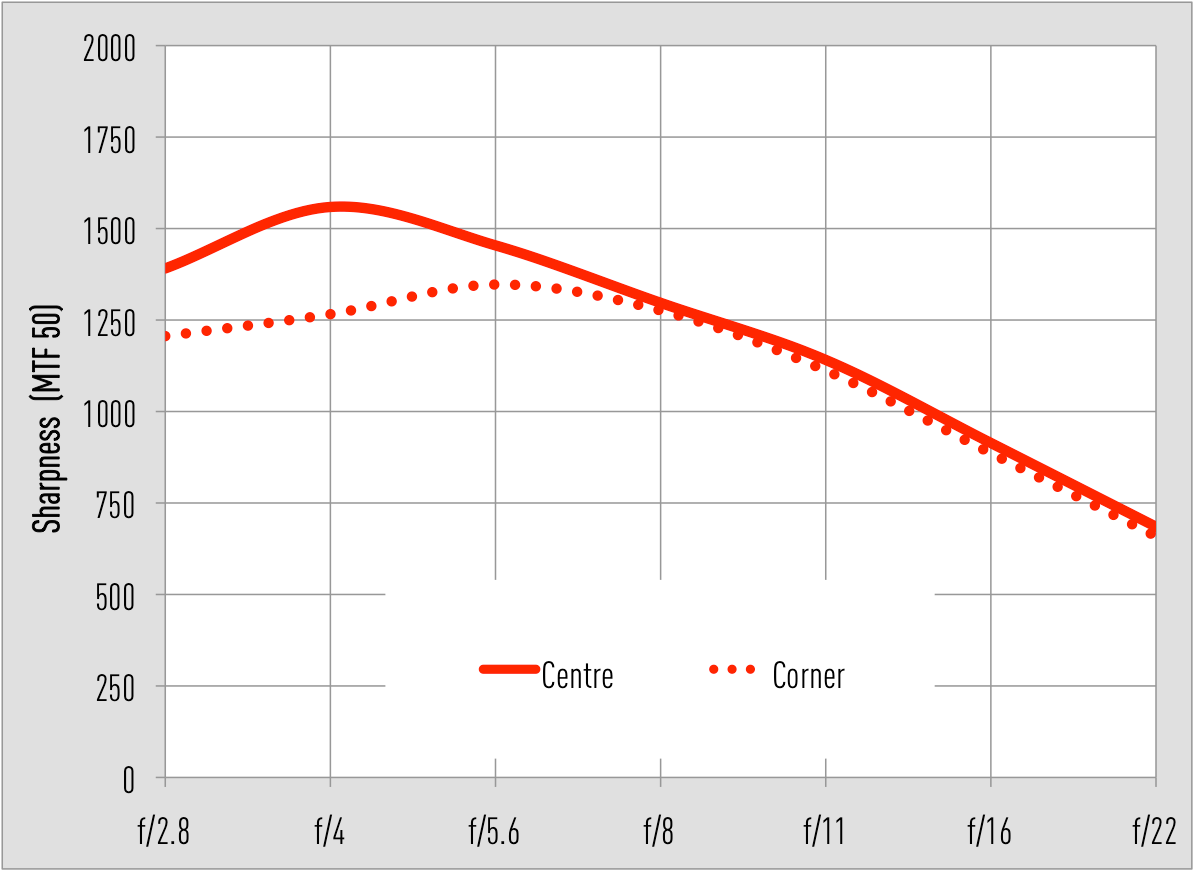
Zeiss batis 135mm f/2.8: MTF50 (lp/ph) for centre and corners vs aperture
Central sharpness is exceptional even at f/2.8, but the corners really aren’t too far behind. Stopping down to f/4 gives peak central sharpness, while the corners reach their best at f/5.6. At f/8 the lens gives uniformly excellent results from corner to corner, but at smaller apertures diffraction progressively softens the image.
Curvilinear Distortion

Zeiss Batis 135mm f/2.8 distortion: SMIA TV = 1.3%
In the nearest thing the Batis has to a flaw, pincushion distortion is plainly visible in our chart tests when we look at uncorrected raw files. Turn on in-camera lens corrections (or use profiled lens corrections in raw processing) and this disappears at a stroke, to give perfectly corrected images.
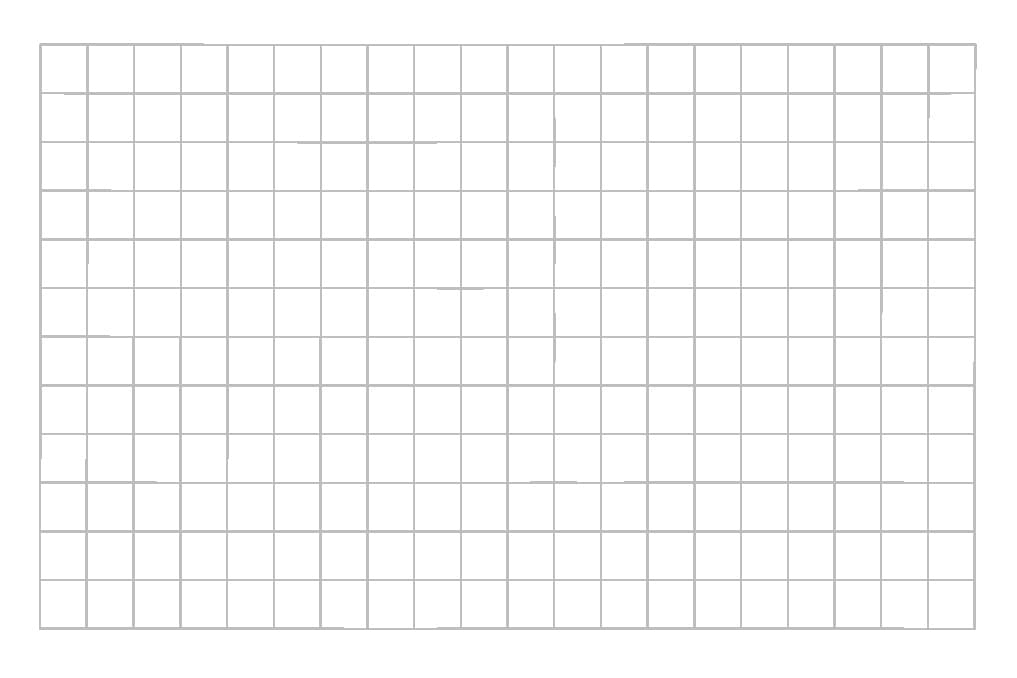
Zeiss Batis 135mm f/2.8 distortion: Corrected JPEG. SMIA TV = 0.1%
Shading
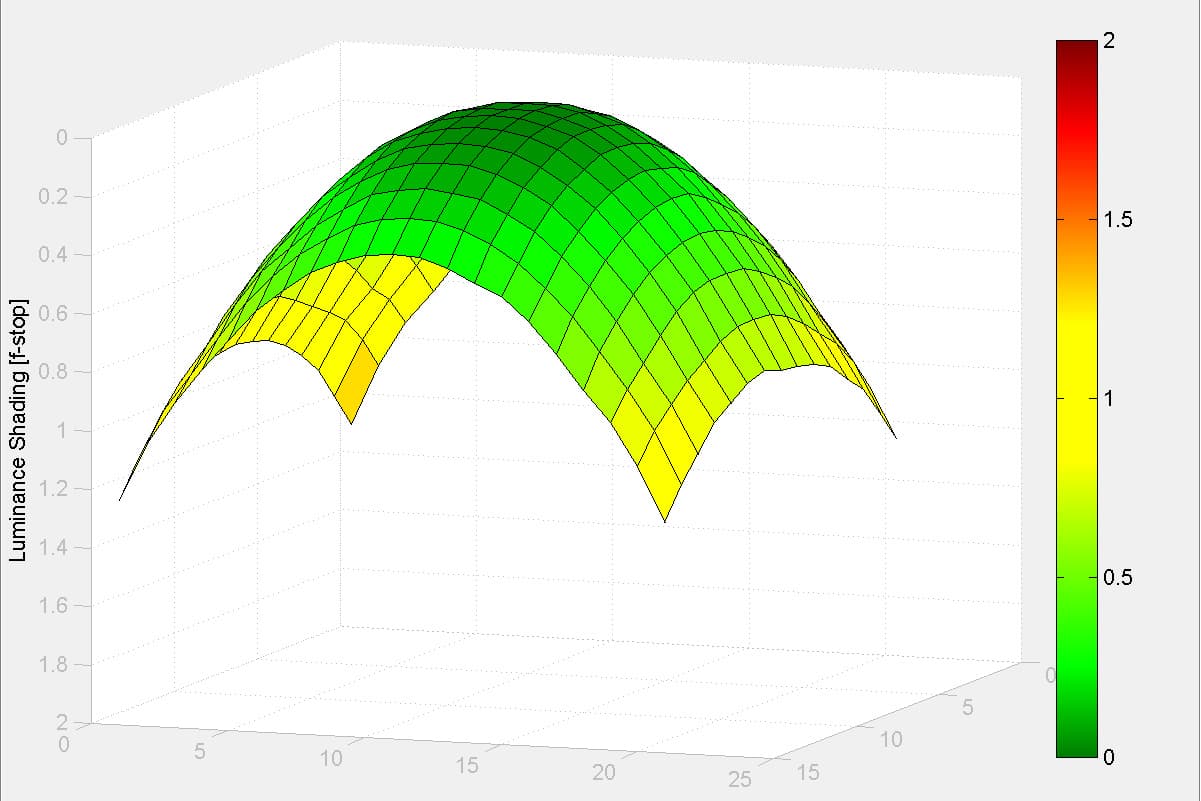
Zeiss Batis 135mm f/2.8: Vignetting at f/2.8
With its relatively large front element, vignetting is far from severe, with less than 1.3 stops falloff in illumination at the corners with the aperture set to f/2.8. Stopping down to f/4 reduces this significantly, and by f/5.6 there’s just a negligible amount of residual vignetting in the corners of the frame.
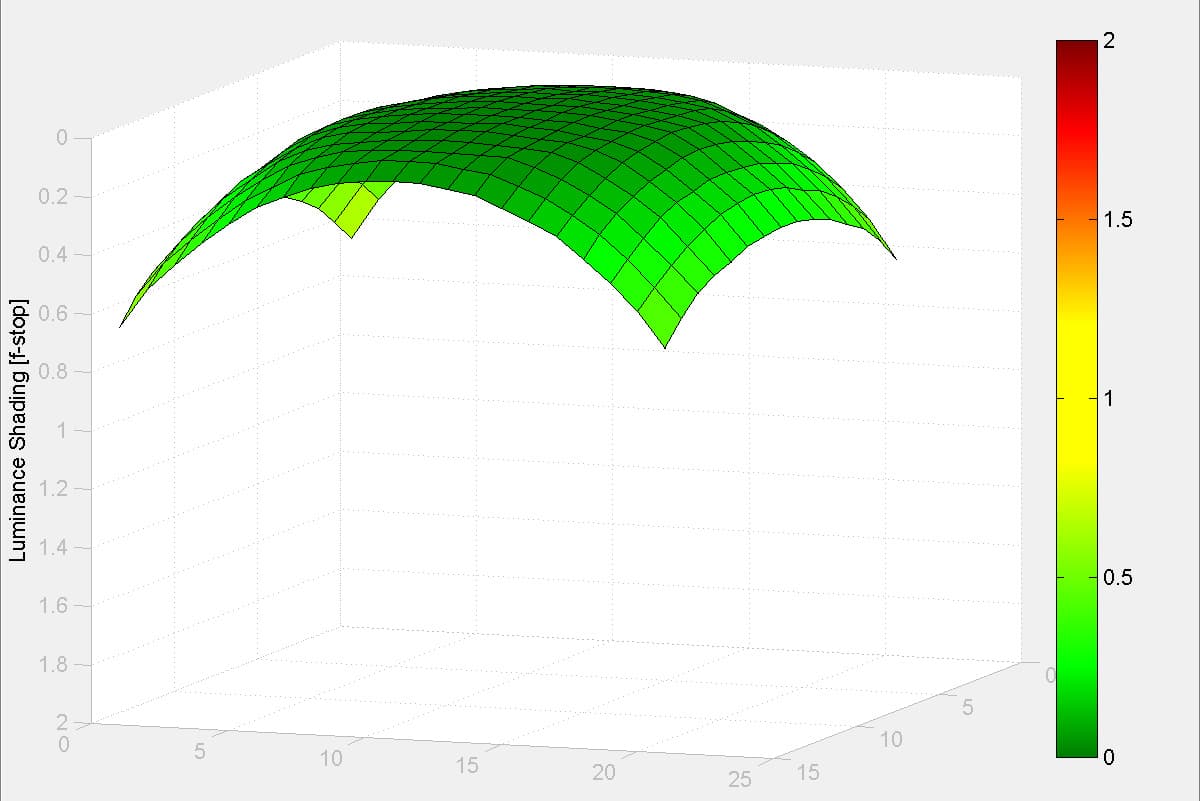
Zeiss Batis 135mm f/2.8: Vignetting at f/4

Zeiss Batis 135mm f/2.8: Vignetting at f/5.6
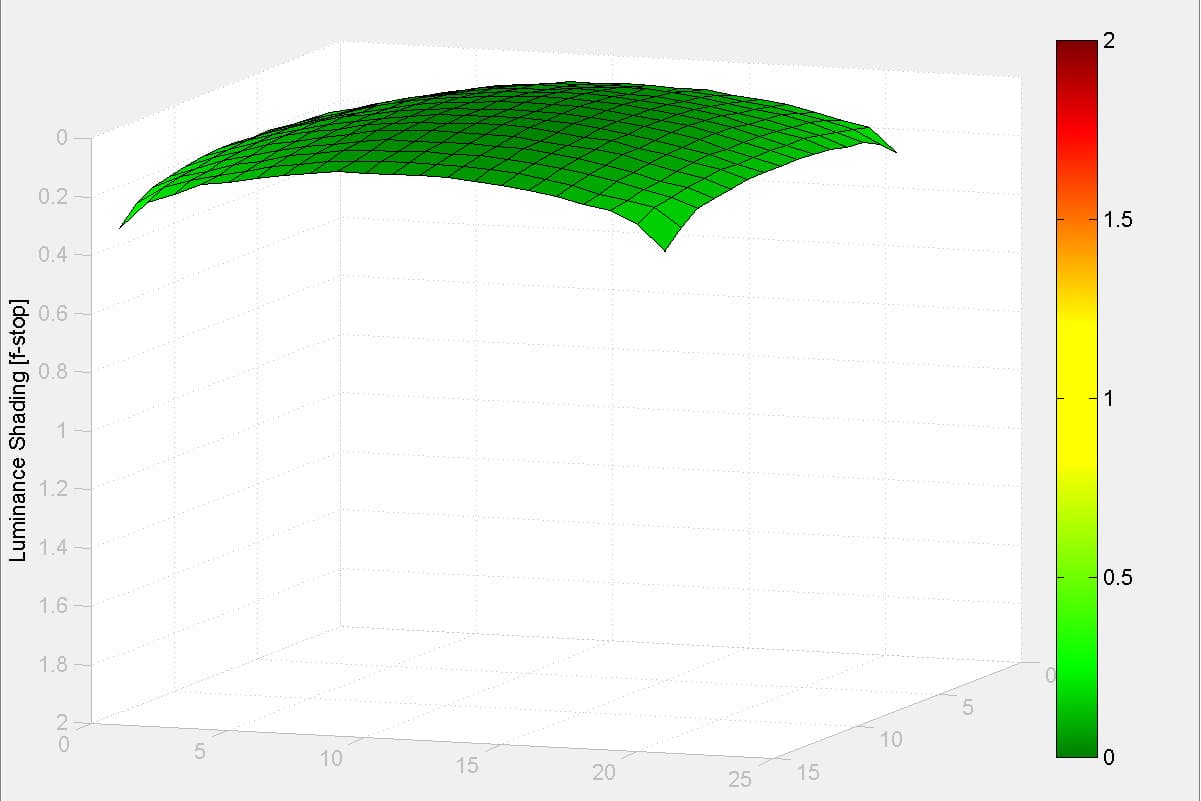
Zeiss Batis 135mm f/2.8: Vignetting at f/8
Zeiss Batis 135mm f/2.8 review: Verdict
As I said at the start, £1750 is a lot of money to spend on a 135mm f/2.8 prime, but with the Batis you can easily see where the money goes. It’s beautifully built, autofocuses silently and accurately, and has very effective image stabilisation. But most importantly the image quality is absolutely sublime – I can’t imagine any prospective buyer being disappointed.

The lens’s natural vignetting can often complement the background blur to help frame your subject. Sony Alpha 7 II, 1/160sec at f/2.8 ISO 160. Model: Kirby-Anne Akindeinde
However, Alpha 7 users are now faced with a sudden glut of portrait lenses: aside from this one there’s the Sony FE 100mm f/2.8 STF GM OSS with its strong apodisation element for ultra-smooth bokeh, while Sigma’s monster 135mm f/1.8 with the MC-11 mount converter looks like a very tempting proposition too, although it’s vast and much heavier. We’re looking forward to testing both these contenders in the near future, and each is sure to have its own blend of strengths and weaknesses. But the stellar Zeiss Batis 135mm f/2.8 sets an exceptionally high bar that won’t be easy to match.
See our gallery of 42 full-resolution images shot using the Zeiss Batis 135mm f/2.8

Zeiss Batis 135mm f/2.8 review: Specifications
